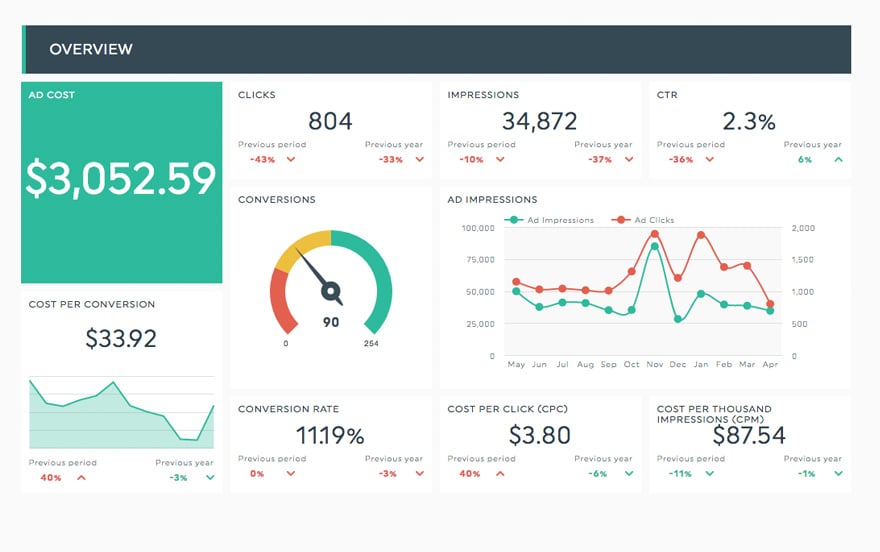What is “conversion value”?
In marketing, the conversion value KPI refers to the monetary worth assigned to a user's specific conversion action. This metric quantifies the economic impact of conversions, allowing businesses to assess the revenue generated from marketing efforts. Conversion value helps calculate return on investment (ROI) and enables marketers to optimize campaigns for maximum financial impact. It's particularly useful for e-commerce and lead generation strategies, providing insight into which conversions are most valuable to the business.






